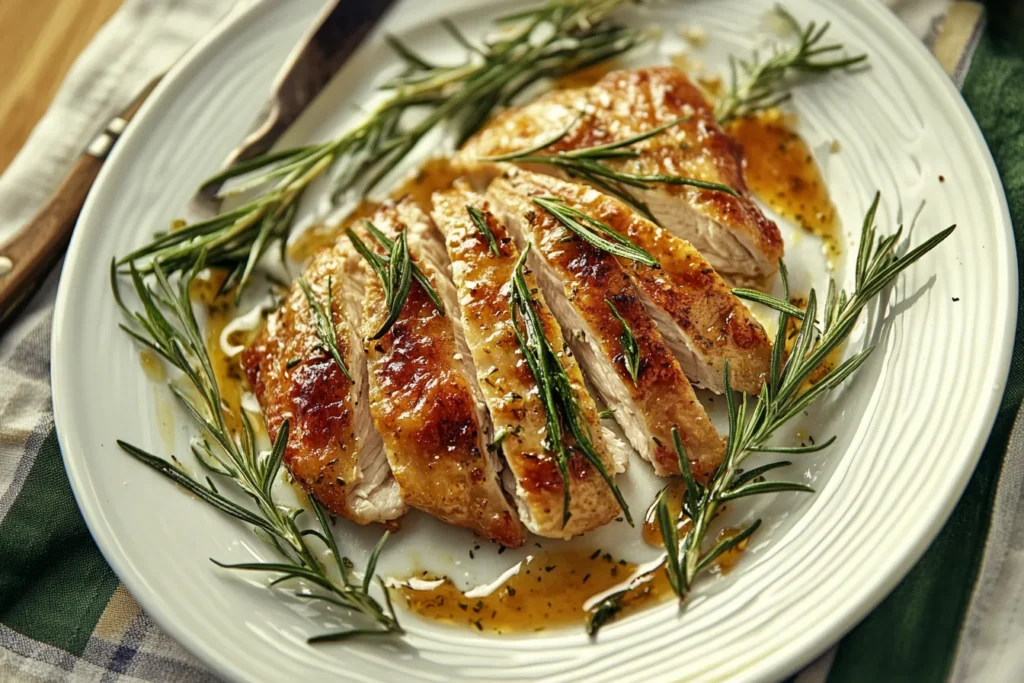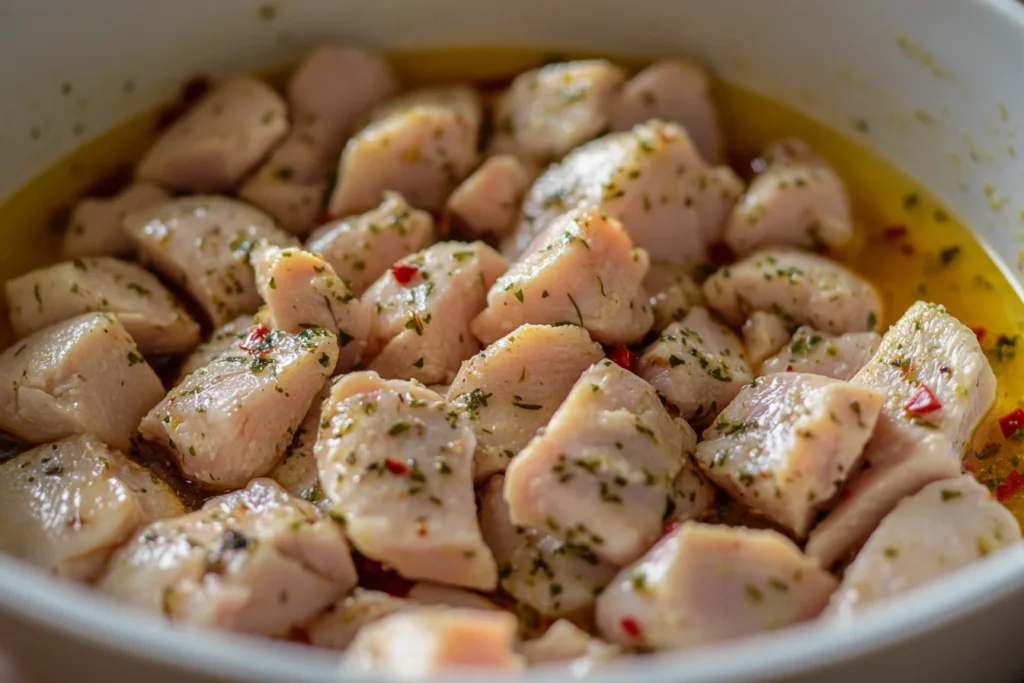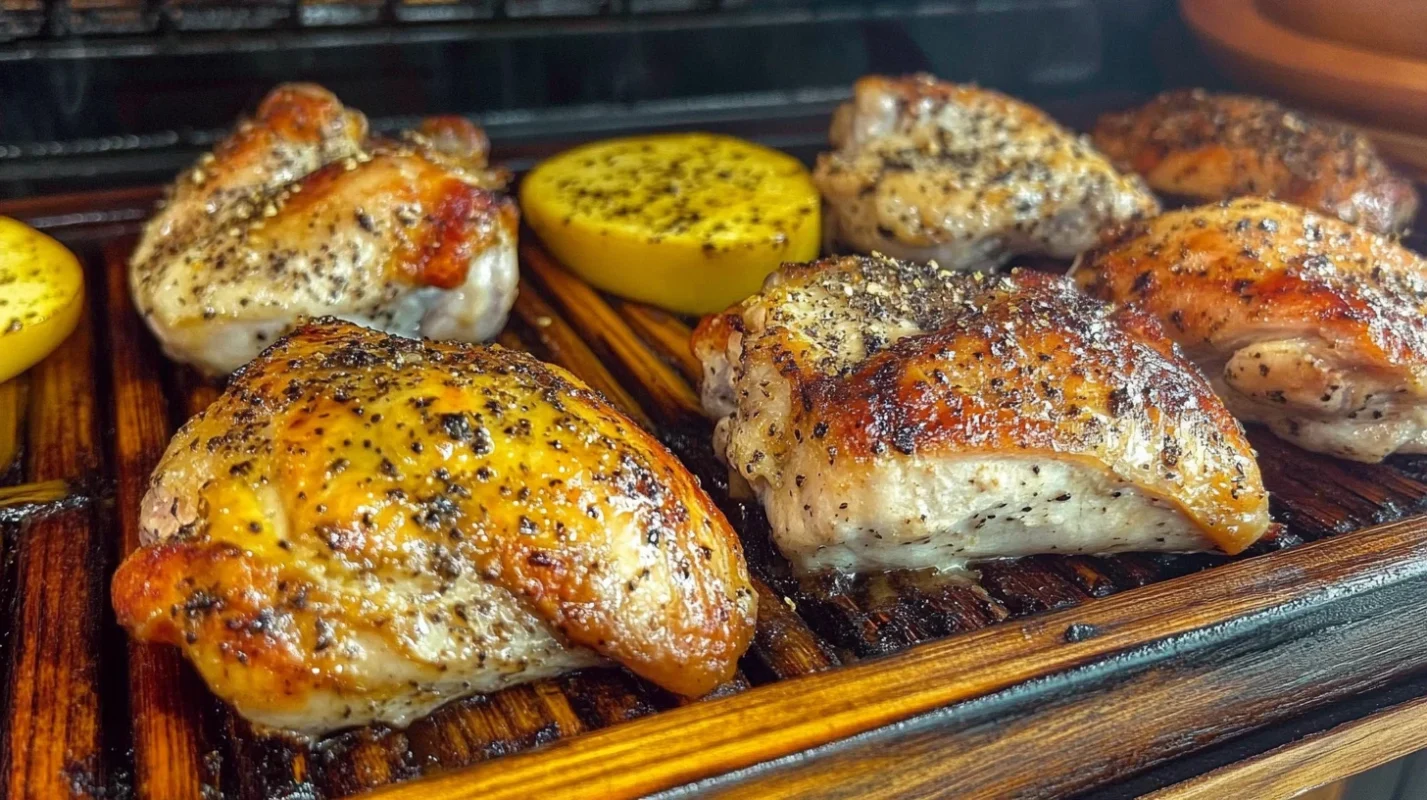Achieving tender chicken is easier than you think! This guide covers methods, tips, and techniques for perfectly cooked, juicy chicken every time.
Understanding Tender Chicken
Tender chicken is the goal of most home cooks. Achieving it, however, requires understanding some basic principles. Firstly, the type of cut matters. For example, chicken breasts, naturally, can dry out more quickly than thighs. Secondly, cooking methods and time play crucial roles. Finally, marinating can help tenderize and add flavor.
Key Factors Affecting Chicken Tenderness

Several factors can determine how tender your chicken becomes. Firstly, the quality of the chicken is significant. Fresh, high-quality chicken is a good starting point. Moreover, the cooking temperature also matters. High temperatures can cause the chicken to become tough, while low and slow cooking can achieve optimal tenderness. Furthermore, proper marinating and brining techniques are essential to enhance moisture and tenderness.
Common Pitfalls Leading to Tough Chicken
Many cooks struggle with tough chicken. Overcooking, especially at high temperatures, is a common issue. Furthermore, not using enough moisture during cooking can lead to dryness. Additionally, inadequate marinating time can also cause issues. Moreover, neglecting to rest the chicken after cooking also contributes to a less tender result.
The Best Cooking Methods for Tender Chicken
Choosing the right cooking method is critical for tender results. Different techniques offer distinct advantages. Ultimately, understanding how each one works will improve your cooking.
Slow Cooking for Maximum Tenderness
Slow cooking is an excellent method for achieving tender chicken. The low and slow approach allows connective tissues to break down. Indeed, it results in incredibly soft and succulent meat. Moreover, it’s perfect for tougher cuts, like thighs and legs. Additionally, you can easily add vegetables and liquids for a complete meal.
Techniques for Optimal Slow Cooking
To make the most of slow cooking, consider these techniques:
- Use a low heat setting, such as low or auto.
- Add enough liquid to keep the chicken moist.
- Don’t overfill your slow cooker.
- Use a meat thermometer to ensure it reaches the right temperature.
Braising Chicken for Moist Results
Braising is another great way to cook tender chicken. Firstly, it involves searing the chicken and then cooking it in liquid. Consequently, this technique ensures the meat is both flavorful and moist. In fact, it’s ideal for chicken pieces with bone-in, skin-on.
Tips for Successful Braising
- Sear the chicken first for flavor and color.
- Use an appropriate liquid, such as broth or wine.
- Cook over low heat for an extended period.
- Monitor the liquid level to prevent drying out.
Poaching Chicken for Even Cooking
Poaching is a gentle cooking method. Specifically, it involves simmering the chicken in liquid at a low temperature. This results in consistently cooked chicken that is very tender. Indeed, it’s a great method for chicken breasts which can dry out quickly.
How to Poach Chicken Effectively
- Use enough liquid to cover the chicken.
- Bring the liquid to a gentle simmer, not a boil.
- Add herbs or aromatics for extra flavor.
- Cook until the internal temperature is 165°F (74°C).
Sous Vide for Precise Tenderness
Sous vide offers very precise temperature control. Therefore, this technique can guarantee consistently tender chicken. The chicken is sealed in a bag and cooked in a water bath at a precise temperature. Thus, it’s an excellent way to get tender results every time.
Steps for Perfect Sous Vide Chicken
- Set the water bath to the desired temperature.
- Season and seal the chicken in a bag.
- Submerge the bag in the water bath.
- Cook for the specified time.
Pressure Cooking for Quick Tenderness
Pressure cooking speeds up the cooking process. Therefore, it can be a good option for getting tender chicken quickly. Pressure cooking uses high pressure to cook the chicken rapidly. However, care must be taken to avoid overcooking.
Pressure Cooking Chicken Tips
- Ensure the pressure cooker is properly sealed.
- Add enough liquid for the cooking process.
- Follow the manufacturer’s guidelines.
- Release the pressure according to the recipe.
Marinades and Brines for Enhancing Tenderness
Marinades and brines are essential for both flavor and tenderness. These methods help break down proteins, resulting in softer meat. Accordingly, using marinades or brines can dramatically improve your chicken.
The Role of Marinades in Tenderness
Marinades are acidic liquids with herbs, spices, and other flavorings. Therefore, these mixtures penetrate the meat. This process breaks down tough fibers and imparts moisture. Furthermore, it adds a layer of flavor. Undoubtedly, marinating makes the chicken more tender and delicious.
Essential Marinade Ingredients
- An acid, like vinegar, lemon juice, or yogurt.
- An oil, such as olive oil or vegetable oil.
- Flavorings, like garlic, herbs, and spices.
- A touch of sweetness, like honey or maple syrup.
Brining Chicken for Maximum Moisture
Brining involves soaking chicken in a saltwater solution. This method also helps break down proteins and adds moisture. As a result, the chicken becomes incredibly juicy and tender. Specifically, brining is very effective for lean cuts like chicken breast.
How to Brine Chicken Properly
- Use a ratio of one tablespoon of salt per cup of water.
- Submerge the chicken completely in the brine.
- Refrigerate the chicken while brining.
- Rinse the chicken thoroughly after brining.
Cooking Techniques for Different Cuts of Chicken

Different chicken cuts require slightly different cooking approaches. Each cut has its unique properties. Consequently, adapting cooking methods to the specific cut will result in better tender results.
Tender Chicken Breasts: Tips and Tricks
Chicken breasts can easily become dry. Therefore, it is important to be very careful. To keep chicken breasts tender, use methods like poaching, brining, or marinating. Also, be careful to avoid overcooking them. Ultimately, precise cooking techniques can greatly improve the outcome.
Techniques for Keeping Chicken Breast Juicy
- Use a meat thermometer to avoid overcooking.
- Pound the chicken breast to an even thickness.
- Use a marinade or brine.
- Cook at a moderate temperature.
Tender Chicken Thighs and Legs: Slow and Steady
Chicken thighs and legs are more forgiving than chicken breasts. They have more fat and connective tissue. Accordingly, slow cooking methods, like braising or slow cooking, work best. Comparatively, this ensures they become incredibly tender and flavorful.
Achieving Optimal Tenderness with Dark Meat
- Cook at a lower temperature for a longer time.
- Use a braising or slow cooking method.
- Ensure the internal temperature reaches 165°F (74°C).
- Don’t be afraid to let it rest to maintain moisture.
Whole Chicken: How to Ensure Even Tenderness
Cooking a whole chicken can be challenging. However, using the right methods ensures that all parts are tender. Chiefly, roasting or spatchcocking the chicken works well, but slow cooking can be great for tender meat. Furthermore, brining can also improve tenderness and juiciness.
Steps for Cooking a Tender Whole Chicken
- Brine the chicken for added moisture.
- Truss the chicken to ensure even cooking.
- Roast at a moderate temperature.
- Use a meat thermometer to check the internal temperature.
Essential Tips for Tender Chicken Every Time
Several key techniques can improve the tenderness of your chicken. These tips ensure your chicken is always juicy and flavorful. Generally, applying these practices will take your cooking to the next level.
The Importance of Resting After Cooking
Resting your chicken after cooking is crucial. Therefore, resist the urge to cut into it right away. Allowing it to rest allows the juices to redistribute. Indeed, this results in more flavorful and tender meat.
How to Rest Chicken Properly
- Let the chicken rest for at least 10 minutes.
- Cover the chicken with foil while it rests.
- Avoid cutting into the chicken prematurely.
Using a Meat Thermometer for Accuracy
A meat thermometer is an essential tool. Specifically, it helps you ensure your chicken is cooked to a safe internal temperature. Additionally, using a thermometer prevents overcooking. Overcooking is a major cause of dry and tough chicken.
How to Use a Meat Thermometer
- Insert the thermometer into the thickest part of the chicken.
- Ensure the thermometer does not touch the bone.
- Cook until the internal temperature reaches 165°F (74°C).
Searing Before Cooking: Maximizing Flavor
Searing your chicken before other cooking methods adds flavor. Hence, it creates a flavorful crust. However, searing alone will not make your chicken tender. It should be combined with other techniques.
Steps for Searing Chicken Correctly
- Heat oil in a pan over medium-high heat.
- Sear the chicken until golden brown on all sides.
- Then, proceed with your preferred cooking method.
Common Mistakes to Avoid for Tender Chicken
Many common mistakes can lead to tough chicken. Avoiding these errors is key to consistent results. Accordingly, being aware of these pitfalls is essential.
Overcooking Your Chicken
Overcooking is the number one reason for dry, tough chicken. Therefore, it’s important to use a meat thermometer and cook to the correct internal temperature. Explicitly, remove the chicken from heat when it reaches 165°F (74°C).
How to Avoid Overcooking
- Use a meat thermometer.
- Cook at the recommended temperature.
- Remove the chicken from heat when done.
Under-seasoning Chicken
Seasoning chicken is essential for great flavor. Furthermore, this adds to the overall cooking experience. Make sure that you adequately salt the chicken, particularly before brining.
Seasoning Tips for Flavor
- Season liberally with salt and pepper.
- Use herbs and spices to add flavor.
- Marinate or brine with flavorful liquids.
Not Pounding Chicken to Even Thickness
Unevenly thick pieces of chicken cook unevenly. Eventually, this leads to some parts being overcooked while others are still undercooked. Thus, pounding your chicken is essential for even cooking.
Proper Pounding Techniques
- Place the chicken between two pieces of plastic wrap.
- Use a mallet to pound the chicken to an even thickness.
- Ensure all parts are roughly the same thickness.
Ignoring the Importance of Resting
Resting is just as important as the actual cooking. Consequently, it allows the chicken’s juices to redistribute, creating more tender meat.
Why Resting Is So Important
- Allows juices to redistribute throughout the meat.
- Results in a more tender and flavorful chicken.
- Prevents dryness from cutting too soon.
Frequently Asked Questions About Cooking Tender Chicken
Let’s address some common questions about making chicken tender. These insights can further enhance your cooking skills.
How to Make Chicken Extremely Tender?
To make chicken extremely tender, use a combination of techniques. Initially, start with quality chicken. Then, use slow cooking methods like braising, poaching, or sous vide. Additionally, brining or marinating can also improve texture. Finally, don’t overcook.
What is the Softest Way to Cook Chicken?
The softest way to cook chicken is generally by slow cooking or poaching. These methods involve low heat and a moist environment. Hence, this results in incredibly tender and juicy chicken. Also, sous vide provides the most control for very soft results.
How Do You Make Chicken Not Rubbery and Tender?
To make chicken not rubbery and tender, avoid overcooking at high temperatures. Use brines or marinades to help break down proteins. Meanwhile, use low heat cooking methods and use a meat thermometer. Basically, accurate cooking and adequate preparation are the key.
Which Cooking Method is Best for Tender Poultry?
Slow cooking, braising, poaching, and sous vide are among the best cooking methods for achieving tender poultry. Each of these techniques involves low, slow heat with a moist environment. Therefore, they produce wonderfully tender results every time.
FOR MORE DELICIOUS RECIPES:

